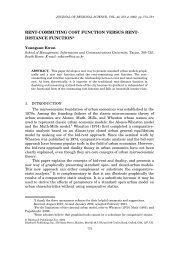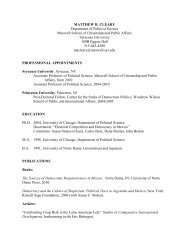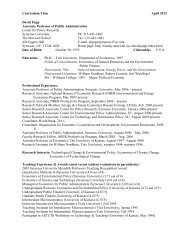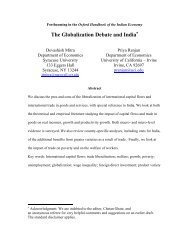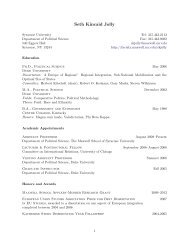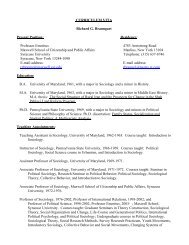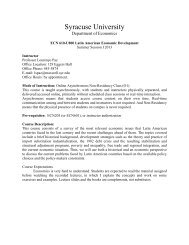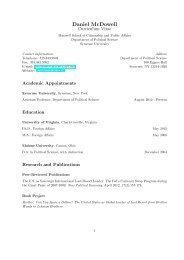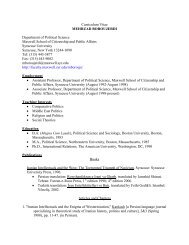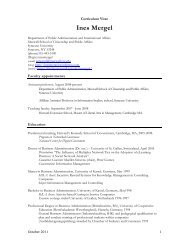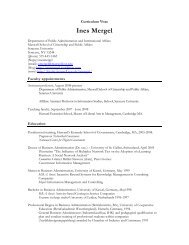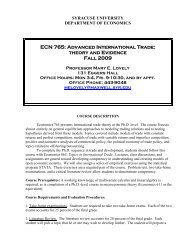The Anbar Awakening - Syracuse University
The Anbar Awakening - Syracuse University
The Anbar Awakening - Syracuse University
You also want an ePaper? Increase the reach of your titles
YUMPU automatically turns print PDFs into web optimized ePapers that Google loves.
Downloaded By: [<strong>Syracuse</strong> <strong>University</strong>] At: 18:08 28 August 2008<br />
<strong>The</strong> <strong>Anbar</strong> <strong>Awakening</strong> | 71<br />
called the General Service Unit as a Kikuyu praetorian guard and ‘Kikuyu-<br />
ised’ the police and other intelligence services. 16 Following the death of<br />
Kenyatta in 1978, Vice President Daniel arap Moi, a member of the Kalenjin<br />
tribe, assumed the presidency and began to seed the security services with<br />
his own kinsmen, allowing him to thwart an attempted coup in 1982. 17 This<br />
pattern of state tribalism in the security services has continued and affilia-<br />
tion remains important to Kenyan politics and the preservation of internal<br />
security. 18<br />
<strong>The</strong> second pattern is common in weaker states and involves quasi-<br />
autonomous militias based on tribe (or more broadly on ethnicity). <strong>The</strong>se<br />
militias are effectively ‘deputised’ to provide internal security in certain<br />
regions in exchange for some form of payment from the central state. This<br />
pattern can be termed ‘auxiliary tribalism’. Afghanistan in the late 1980s<br />
and early 1990s provides one of the best examples of the successful appli-<br />
cation of this pattern as well as a caution about its possible consequences.<br />
<strong>The</strong> Communist government of Afghanistan faced a tenacious multiparty<br />
insurgency beginning in the late 1970s that even major Soviet intervention<br />
was unable to quell. <strong>The</strong> Afghan government began to arm and pay various<br />
tribal and ethnic militias to fight the insurgency, or to at least remain neutral.<br />
This process accelerated after Mohammed Najibullah replaced Babrak<br />
Karmal as president in 1986, and enabled Najibullah’s regime to survive the<br />
Soviet withdrawal in 1989. 19 Perhaps the most famous of these militias was<br />
that of General Abdul Rashid Dostum, an ethnic Uzbek from northwestern<br />
Afghanistan. Dostum’s militia grew from a small force intended to protect<br />
gas fields to over 20,000 men armed with heavy equipment and artillery by<br />
the late 1980s. Dostum was so effective he became a de facto mobile reserve<br />
for the Afghan government. However, when the collapsing Soviet Union<br />
cut funding to Afghanistan and the ability of the Afghan government to pay<br />
declined, Dostum quickly switched sides to the insurgents. This defection<br />
precipitated the rapid collapse of the Afghan government in early 1992. 20<br />
<strong>The</strong> final pattern of relations is the cession of all but the most desul-<br />
tory control over a territory to a tribe. Only the weakest or poorest of states<br />
would normally accept this type of relationship. Tribal leaders become, in<br />
effect, palatine vassals of the central state, and are often as restive as their




